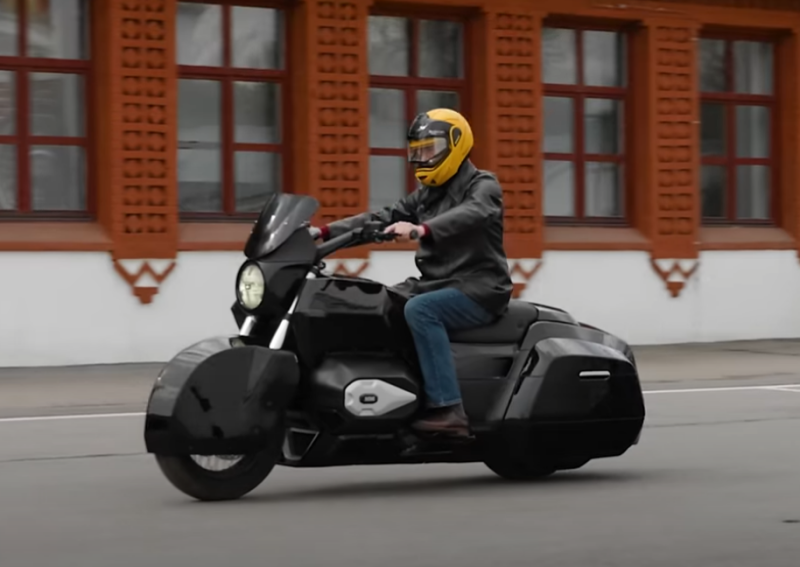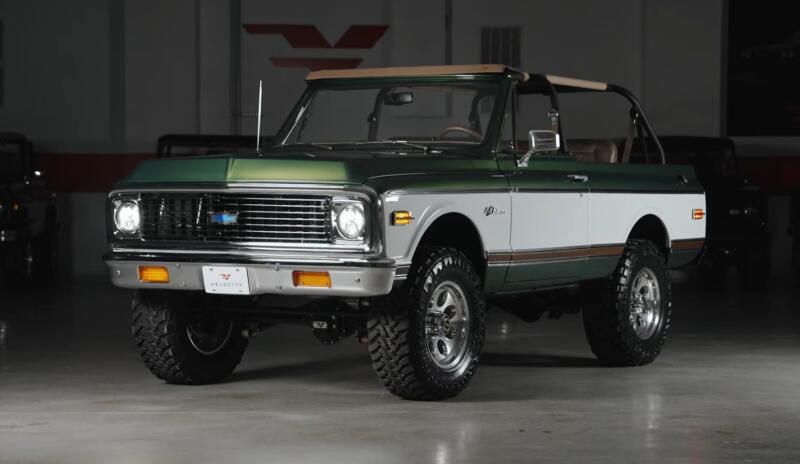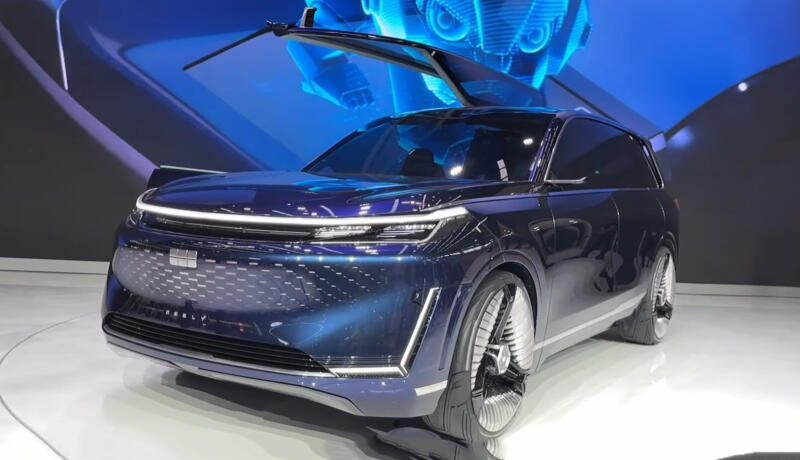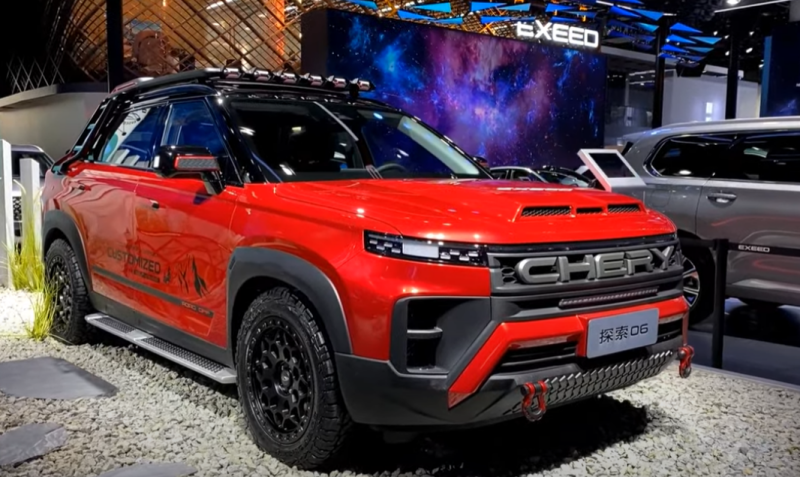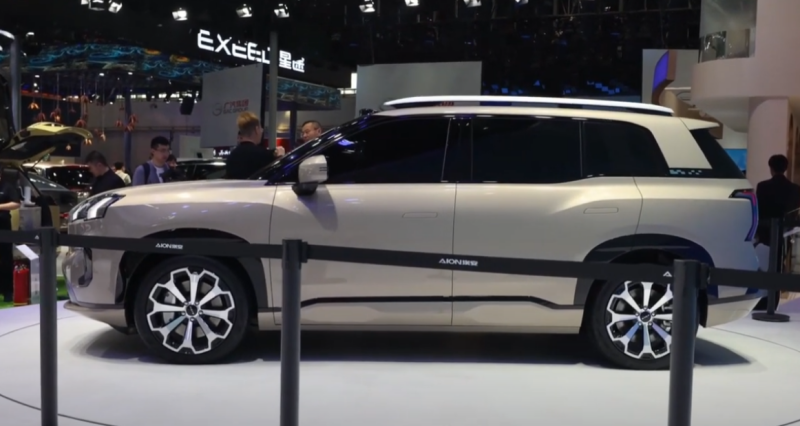"Saturn-5"
This is the most powerful rocket among its "colleagues". The three-stage system of this technique made it possible to put up to 140 tons of cargo into the Earth's orbit. The development of Saturn-5, intended for flight to the Moon, started in 1962, the first tests began already in 1966. Things were going badly - the first model simply fell apart. The rocket had to be finalized and success was achieved only a year later. However, subsequent tests failed again: the third stage engine would not start. And here the Americans make an extremely risky decision - to send another assembled rocket to the moon without additional tests. The haste was associated with fears that the USSR would again outstrip the United States. The launch took place on November 9.11.1967, XNUMX and was successful.
Many have heard a strange story, allegedly connected with the loss of project documentation for the Saturn-5. Like, that's why the Americans cannot build such missiles today, preferring them to the Shuttles, which are about 3 times more expensive. By the way, the Saturn launch is also not cheap: it is estimated that the next rocket launch in 1969 cost a total of $ 3,19 billion (in today's money).
Why is the US no longer building such missiles? It's not just about finance, it's also about technology.
Stages of "Saturn-5"
There are only three of them: Boeing, Douglas and North American Aviation were engaged in the production of blocks. This division of labor was chosen by the chief designer, the notorious von Braun. Boeing developed the first stage. It was equipped with five Rocketdyne F-1 engines running on kerosene. North American Aviation manufactured the second stage. Here, in addition to kerosene, liquid hydrogen was additionally used as a fuel. There are also five engines from the same manufacturer, but J-2 modifications. The Douglas Aircraft Company was responsible for the third stage. This block had the same J-2 power plant, only one.
In total, more than 20 thousand contractors participated in the creation of the rocket. And each has its own technical documentation. At the same time, North American Aviation does not exist today, not to mention small companies. And where are the documents more than half a century ago on the creation of one or another part of the rocket, hardly anyone can say.
But even if everything was preserved, it would take several years to recreate the Saturn, taking into account its improvement and testing. Remember: it takes more than one year to develop a new car. But there already “everything is known” - nothing fundamentally new is supposed! Here is a unique design, consisting of 3 million parts. Even if it is built, you will have to look for personnel who need to be trained to manage such a complex system.
"N-1"
She was called the "Tsar Rocket" for her huge dimensions. It was assumed that the design would be used for military purposes, for scientific research and flights to other planets. However, in the latter case, everything worked out, as with the Tsar Cannon: the project for the development of interplanetary space remained only on paper.
Failures
The first rocket launch took place on February 21.02.1969, 10. By the 12th second, an erroneous shutdown of one of the engines occurred, and when an altitude of 1 km was reached, all power plants stopped working. As a result, "N-1969" fell into the steppe. The second test also failed - in the summer of 23, the rocket collapsed at the 1971rd second, a fire broke out on it. The whole structure collapsed right on the launch pad. The third launch took place in 51, when the Americans were already mastering the lunar program with might and main. It was also unsuccessful - at the 20st second, all the engines turned off, and the rocket fell XNUMX km from the launch site.
During the last, fourth test, a model of the lunar module was attached to the N-1 as a payload. The rocket exploded at the 107th second of flight. The lunar block, which automatically separated from the N-1 during a fire, landed neatly in the steppe and was practically not injured.
It would seem that a lot of experience has been accumulated: despite the failures, the rocket was improved and the fifth launch was planned. But Valentin Glushko, who came to the leadership, curtailed the N-1 program, on which about $5,5 billion was spent. And what launch vehicles (LV) are used now? In the Russian Federation, the launch of spacecraft is the business of the state corporation Roscosmos. Today, several launch vehicles are used, which are based on Soviet projects.
"Union"
The real "workhorse" of the space industry. In terms of design and fundamental decisions, this missile is a successor to the ideas implemented in the Soviet R-7 and Vostok. Today, modified versions of Soyuz-2 and FG are used. The latter is the only rocket carrying out manned flights to the ISS. Soyuz-2.1v is also in operation, capable of delivering up to 2,8 tons of cargo into orbit.
In 2022, on February 5, the next launch of the launch vehicle took place from the Plesetsk cosmodrome. It was a Soyuz-2.1a modification launched in the interests of the Ministry of Defense.
"Proton"
Heavy rocket with three stages. It was developed in the 60s on the basis of the military design of the UR-500. The most advanced version is Proton-M. This rocket is capable of "carrying" over 3 tons of cargo. The cost of one launch is $65-70 million. Today, the production of the Proton has been discontinued, since it should be replaced by a more advanced design, which is discussed below.
"Angara"
A series of rockets with a carrying capacity of 15-35 tons. It is assumed that one of the modifications, the Angara-A5V, can be used for manned flights to the moon. At the beginning of 2021, Dmitry Rogozin, who is the head of Roskosmos, said that the release of the next modification of Angara-3 was “not obvious”, because another launch vehicle, the Irtysh, with the RD-171MV engine, capable of launching into space up to 17 tons of cargo.
Yenisei
A promising launch vehicle, which is being built by many contractors. The lead developer is RSC Energia. It is assumed that the new launch vehicle will be able to transport up to 100 tons of cargo. The main goal of the development of the Yenisei is the exploration of the moon. Today, however, the creation of the rocket has slowed down. The reason is that it was developed on the basis of technologies and materials of the last century, which are now far ahead.
At the beginning of 2021, the Russian Academy of Sciences proposed to the head of Roscosmos to postpone the production of the Yenisei (it was supposed to be 2028), and to carry out the first flights to the Moon with the help of the Angara.
The whole problem of the Yenisei is in the engines. Today, power plants operating on methane are on the way (they can be used repeatedly on super-heavy launch vehicles). The use of these engines on the Yenisei requires a revision of the entire design concept. As a result, it is planned to “fit” the rocket to methane power units, which will take time.
Conclusions
It should not be forgotten that the production of launch vehicles in other countries also does not stand still. The United States and China are leading. China has successfully tested the Long March 5Y3, which puts 25 tons of cargo into orbit and is capable of flying to the Moon and Mars. The United States has Elon Musk's Falcon 9, which has already delivered cargo to the ISS (its maximum capacity is 22,8 tons) and other launch vehicles. Competitors do not sleep!







